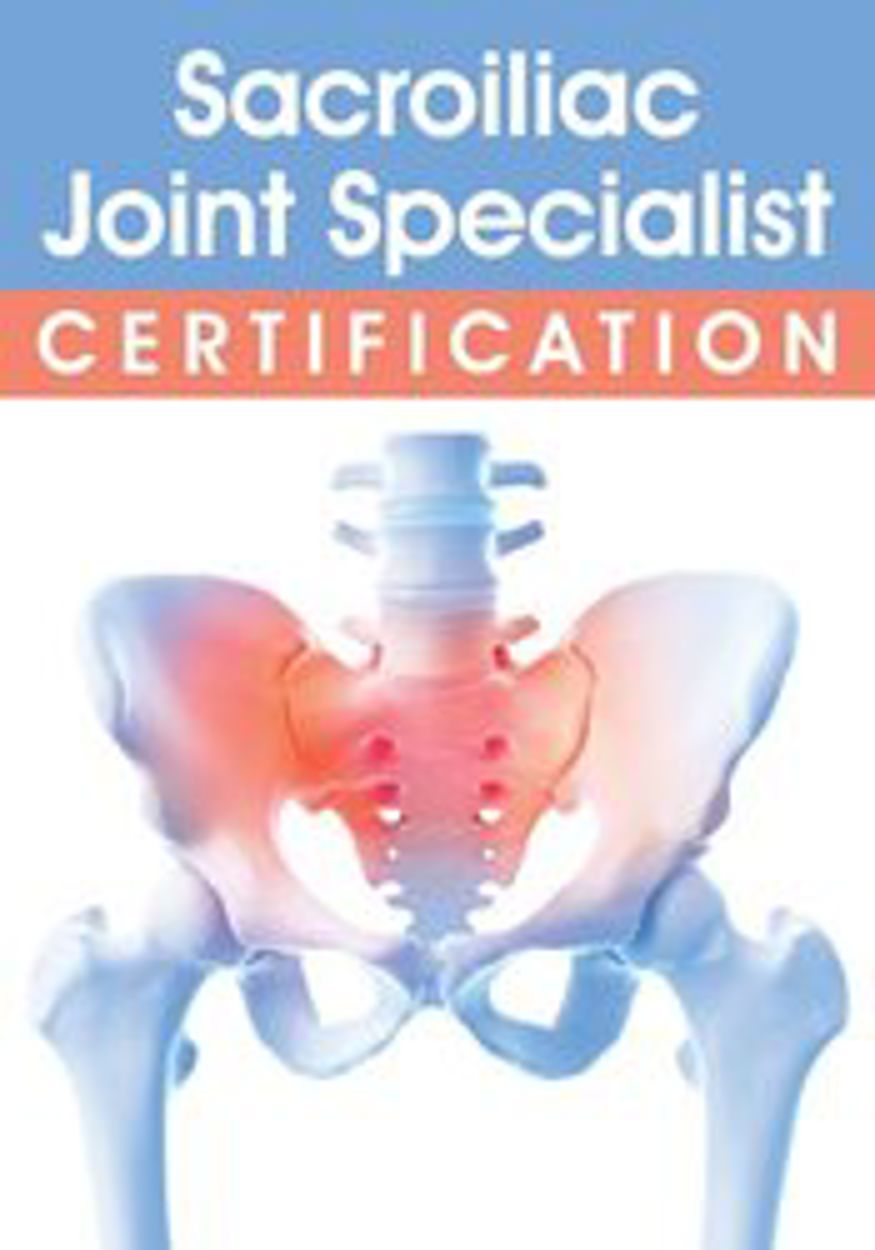Chronic Back Pain and SIJD: Why I stopped using pain provocation in my evaluation of SIJD

It’s time for a shift in the way we treat the sacroiliac (SI) joint.
In my clinic, I do NOT have to provoke pain in order to treat the pelvis.
This method was developed in response to frustration I experienced with the Muscle Energy Technique model.
MET first appeared in 1979. I used to be deeply steeped in MET, I used it daily and taught MET workshops. After I developed and I taught my newer approach to the pelvic girdle, I would survey the clinicians and the general conclusion was that MET helped initially but did not provide lasting benefit.
With the system I’ve developed over the decades in my clinical career, the Hesch Method, I have a time tested and results-driven approach that gets results fast.
With 90% of my patients, I only need three visits to:
In this video, you’ll see exactly how I evaluate intrinsic movement through the joint with my step-by-step approach. Join me as I demonstrate how to test a very important function of joints which is micromotion. The literature is very clear, we cannot measure the precise amount of motion within the SIJ with manual tests, however, we can easily discern when motion is blocked and can apply very simple effective methods to restore normal motion translation through the pelvis into the rest of the body. This reduces nociception, improves proprioception, and reduces muscle inhibition via muscle and ligament mechanoreceptor normalization. Within 1-3 visits patients are able to be free of passive care and are performing simple self-care for every pattern of lumbopelvic-hip motion dysfunction and are able to easily progress exercise rehabilitation. This makes for very efficient patient care and produces very satisfied customers and referral sources.
In my clinic, I do NOT have to provoke pain in order to treat the pelvis.
This method was developed in response to frustration I experienced with the Muscle Energy Technique model.
MET first appeared in 1979. I used to be deeply steeped in MET, I used it daily and taught MET workshops. After I developed and I taught my newer approach to the pelvic girdle, I would survey the clinicians and the general conclusion was that MET helped initially but did not provide lasting benefit.
With the system I’ve developed over the decades in my clinical career, the Hesch Method, I have a time tested and results-driven approach that gets results fast.
With 90% of my patients, I only need three visits to:
- Restore normal, functional movement
- Reduce nociception
- Reduce pain
- Improve function
In this video, you’ll see exactly how I evaluate intrinsic movement through the joint with my step-by-step approach. Join me as I demonstrate how to test a very important function of joints which is micromotion. The literature is very clear, we cannot measure the precise amount of motion within the SIJ with manual tests, however, we can easily discern when motion is blocked and can apply very simple effective methods to restore normal motion translation through the pelvis into the rest of the body. This reduces nociception, improves proprioception, and reduces muscle inhibition via muscle and ligament mechanoreceptor normalization. Within 1-3 visits patients are able to be free of passive care and are performing simple self-care for every pattern of lumbopelvic-hip motion dysfunction and are able to easily progress exercise rehabilitation. This makes for very efficient patient care and produces very satisfied customers and referral sources.
Are you ready to become a Certified Sacroiliac Joint Specialist and master a new approach to SIJD?

In this exclusive online certification course, Jerry Hesch, DPT, MHS, PT teaches the Hesch Method — a method 40 years in the making — where you’ll learn a whole-body approach to evaluating and treating sacroiliac joint dysfunction (SIJD).
>> Click here to become certified!
>> Click here to become certified!




